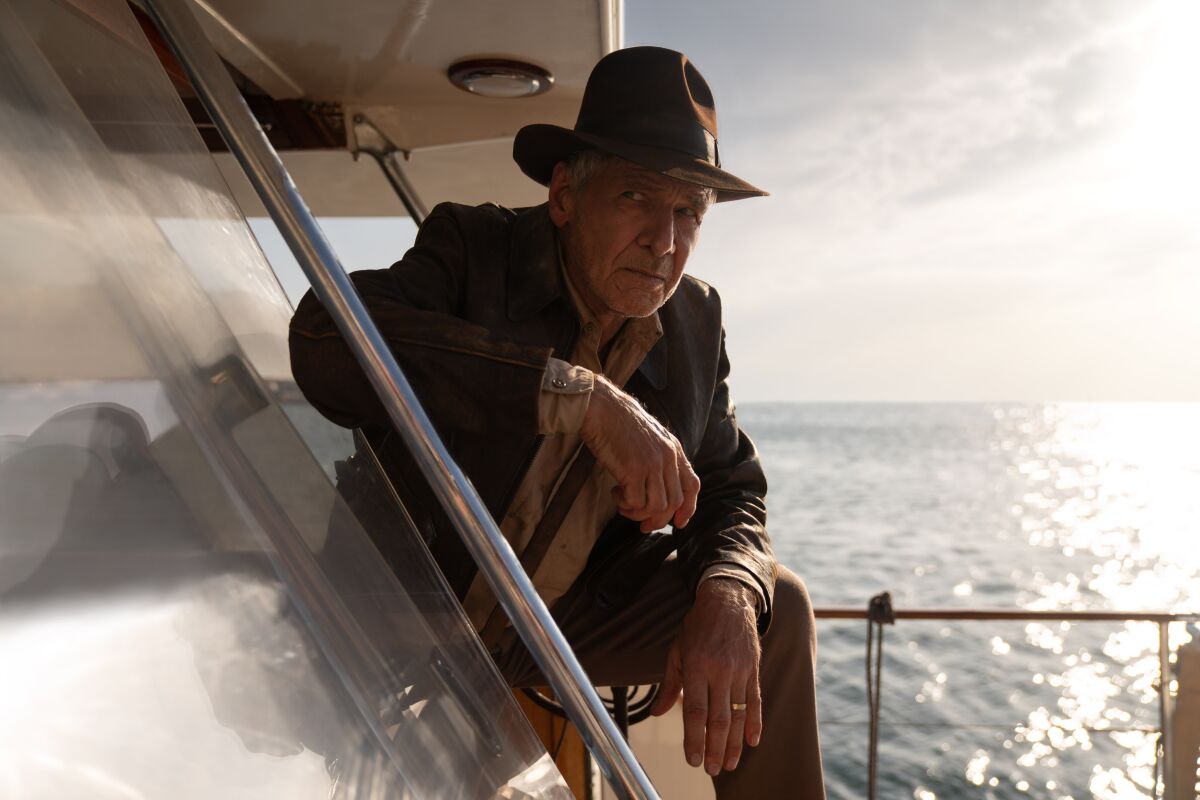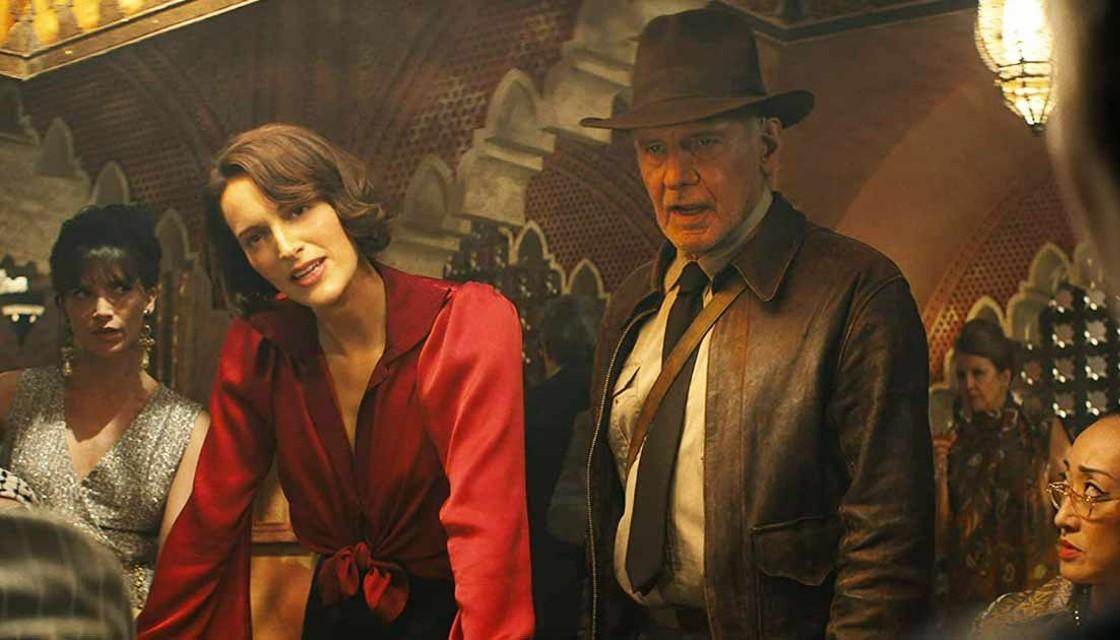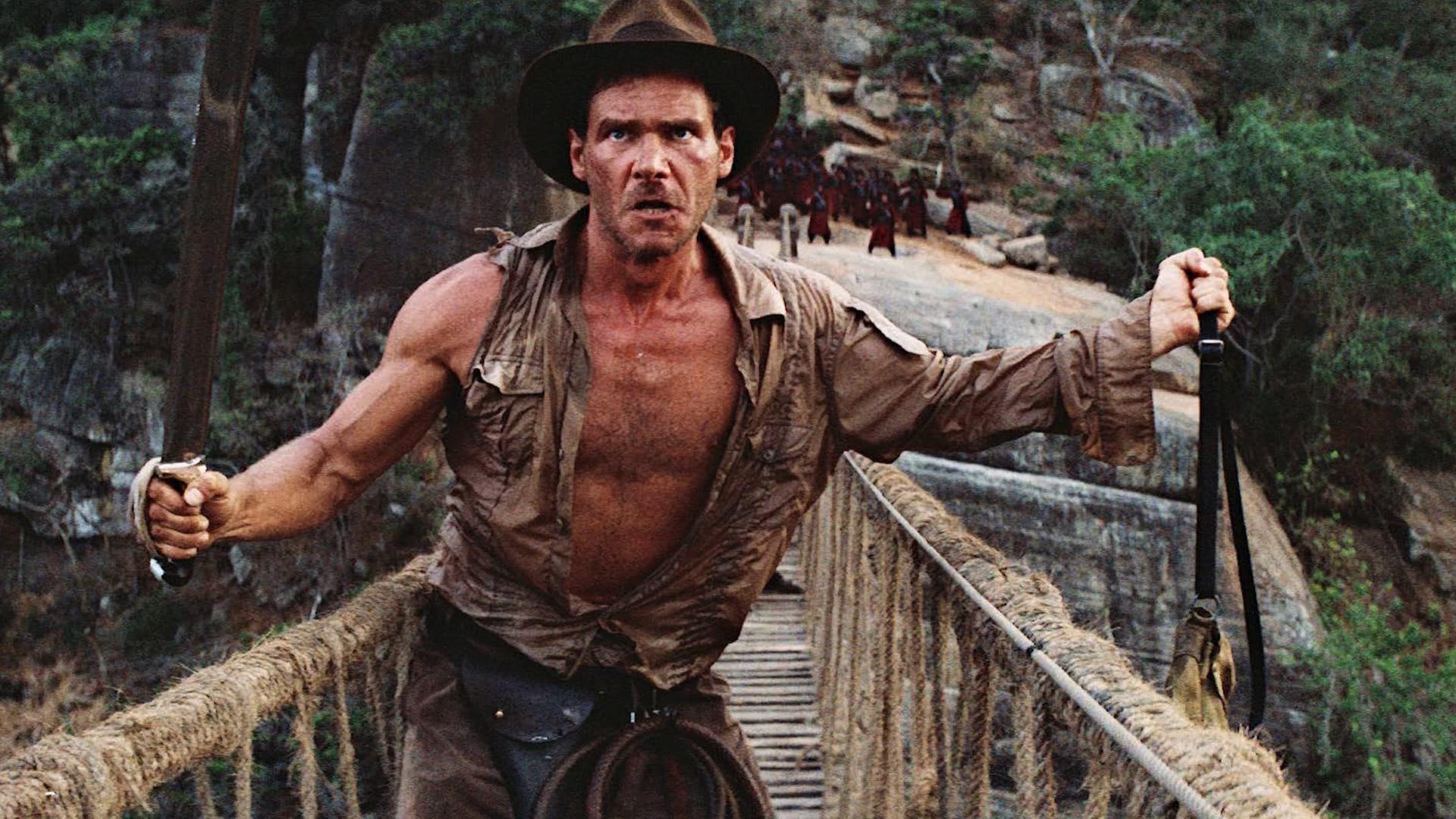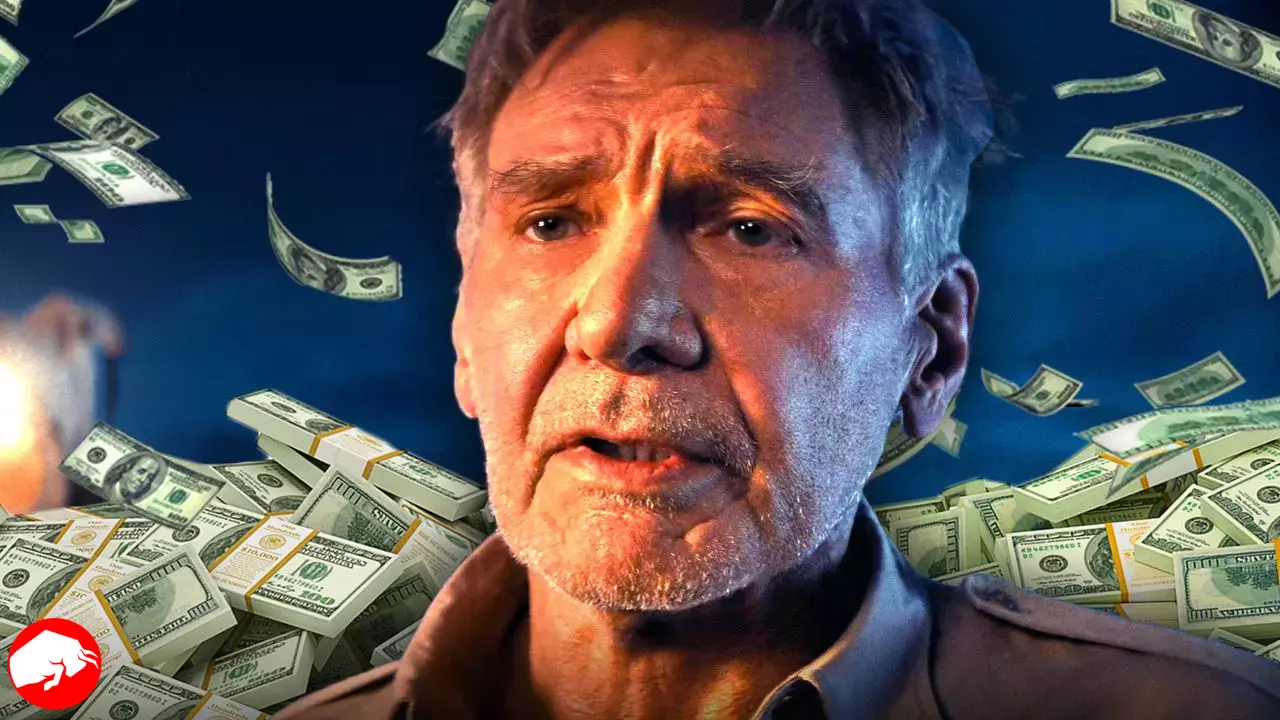The box office is and has always been, a ruthless arena where no film is safe from the merciless judgment of global audiences. When heavy hitters like Greta Gerwig’s enchanting Barbie and Christopher Nolan’s mind-bending Oppenheimer enter the fray, the battle for viewers’ attention escalates to an entirely different level.
The global cinematic landscape is now awash with Barbenheimer, a cheeky portmanteau coined by passionate cinephiles and film critics referencing this potent one-two punch.
This term captures the combined might and charisma of two of Hollywood’s latest blockbusters. It encapsulates the feverish anticipation and enthusiasm gripping casual movie-goers and hardened film aficionados. This double-feature extravaganza has been the talk of Tinseltown, with pundits and fans feverishly dissecting every scene, line, and plot twist these two films have to offer.
In this melee of movie mania, casualties were inevitable. Each film vies for its share of screen time and audience appeal, but not all can bask in the glow of box office success. This weekend, Mission: Impossible — Dead Reckoning Part One was the one to feel the harshest sting. A title that, in any other week, would have dominated the box office was overshadowed by the impossible Barbenheimer effect.
Yet, Mission: Impossible — Dead Reckoning Part One wasn’t the only casualty of this box office behemoth. Another much-anticipated film, Indiana Jones and the Dial of Destiny, also struggled to keep its head above water. This latest entry in the beloved adventure franchise, despite its storied history and loyal fanbase, couldn’t withstand the Barbenheimer craze whirlwind.
Even as Dial of Destiny tried to carve its niche amidst the frenzy, it experienced a disappointing tumble, reminding us of the cruel and unforgiving nature of the box office battleground.
Box Office Blues For Dial of Destiny

The box office is and has always been, a ruthless arena where no film is safe from the merciless judgment of global audiences. When heavy hitters like Greta Gerwig’s enchanting Barbie and Christopher Nolan’s mind-bending Oppenheimer enter the fray, the battle for viewers’ attention escalates to an entirely different level.
The global cinematic landscape is now awash with Barbenheimer, a cheeky portmanteau coined by passionate cinephiles and film critics referencing this potent one-two punch.
This term captures the combined might and charisma of two of Hollywood’s latest blockbusters. It encapsulates the feverish anticipation and enthusiasm gripping both casual movie-goers and hardened film aficionados. This double-feature extravaganza has been the talk of Tinseltown, with pundits and fans feverishly dissecting every scene, line, and plot twist these two films have to offer.
In this melee of movie mania, casualties were inevitable. Each film vies for its share of screen time and audience appeal, but not all can bask in the glow of box office success. This weekend, Mission: Impossible — Dead Reckoning Part One was the one to feel the harshest sting. A title that, in any other week, would have dominated the box office was overshadowed by the impossible Barbenheimer effect.
Yet, Mission: Impossible — Dead Reckoning Part One wasn’t the only casualty of this box office behemoth. Another much-anticipated film, Indiana Jones and the Dial of Destiny, also struggled to keep its head above water. This latest entry in the beloved adventure franchise, despite its storied history and loyal fanbase, couldn’t withstand the Barbenheimer craze whirlwind.
Even as Dial of Destiny tried to carve its niche amidst the frenzy, it experienced a disappointing tumble, reminding us of the cruel and unforgiving nature of the box office battleground.
A Departure from Tradition

Dial of Destiny steps onto the cinematic stage, brandishing a slew of firsts, showcasing a new beginning and a touching farewell for the iconic Indiana Jones franchise. This film stands as the fifth chapter in the saga’s storied legacy, and it ushers in a tinge of nostalgic melancholy as it serves as the swansong for Harrison Ford.
Ford, who has embodied the daring archaeologist Indiana Jones since the early ’80s, hangs up his whip and fedora in this final performance, leaving an indelible mark on popular culture.
It’s not just Ford’s departure that marks this film as a turning point. The franchise also farewells the creative geniuses who birthed and nurtured it into the cultural phenomenon it has become. Steven Spielberg, the master craftsman behind the camera, and George Lucas, the imaginative scribe behind the stories, are notably absent from this outing.
This is the first time in the franchise’s illustrious history that neither Spielberg nor Lucas has had a hand in its making, signaling a seismic shift in the creative direction.
The reins of this cinematic behemoth have been handed over to James Mangold, a seasoned director with a penchant for genre versatility. Mangold, known for his prowess across diverse cinematic styles, donned multiple hats for Dial of Destiny, serving not only as its director but also co-writing the screenplay alongside an accomplished team – Jez Butterworth, John-Henry Butterworth, and David Koepp.
With new hands steering the ship came fresh challenges and a shift in public reception. Despite Mangold’s commendable filmography, Dial of Destiny failed to ignite the same critical acclaim as his previous works. The film registered a lukewarm response, garnering a modest 69% score on the review aggregator Rotten Tomatoes.
Even more, telling is that this score fell short of its predecessor, Indiana Jones and the Kingdom of the Crystal Skull, which, despite its critical panning, managed to secure a higher rating. It’s a harsh reminder that change can often be a double-edged sword, met with resistance, and requiring time to find its footing.
Dial of Destiny Outpaces Temple of Doom – But Not by Much

In the wake of its rather tepid reception, there’s a glimmer of relief for Dial of Destiny in the box office stakes. The film squeezed past Indiana Jones and the Temple of Doom at the finish line, edging out its 1984 predecessor’s worldwide gross of $333 million by a hair’s breadth. This narrow victory rescued the film from the ignominious distinction of becoming the lowest-grossing installment in the beloved Indiana Jones franchise.
However, this triumph is not without its caveats. The supposed victory appears somewhat hollow when you factor in the nearly 40-year chasm separating the two films. Temple of Doom would undoubtedly have a substantial lead adjusting for inflation, putting the financial performance of Dial of Destiny into a less flattering perspective.
Further amplifying this concern is the film’s staggering $300 million budget. It’s a figure that’s raised more than a few eyebrows across the industry and is significantly higher than its predecessors.
For context, Indiana Jones and the Kingdom of the Crystal Skull, the fourth installment in the series, was brought to life on a modest budget of around $185 million in 2008. It’s widely accepted that a considerable chunk of Dial of Destiny’s inflated budget was likely due to unforeseen complications and delays resulting from the ongoing pandemic’s industry-wide impact.
Despite these financial hurdles, Dial of Destiny isn’t short on star power. A glittering cast, including Phoebe Waller-Bridge, Antonio Banderas, Toby Jones, Boyd Holbrook, Ethann Isidore, and Mads Mikkelsen, brings a plethora of talent to the film.
With these names on the bill, the franchise’s long-standing legacy at its back, and its historical box office pull, ‘Indiana Jones and the Dial of Destiny’ certainly isn’t lacking in the potential to recoup its budget and carve its niche within the franchise’s storied history.
However, the question remains: Can it break free from the towering shadow of the Barbenheimer phenomenon that currently engulfs the global box office? Only the sands of time will reveal whether Dial of Destiny can find its unique place in the sun or remain clouded by the Barbenheimer mania’s daunting presence.









